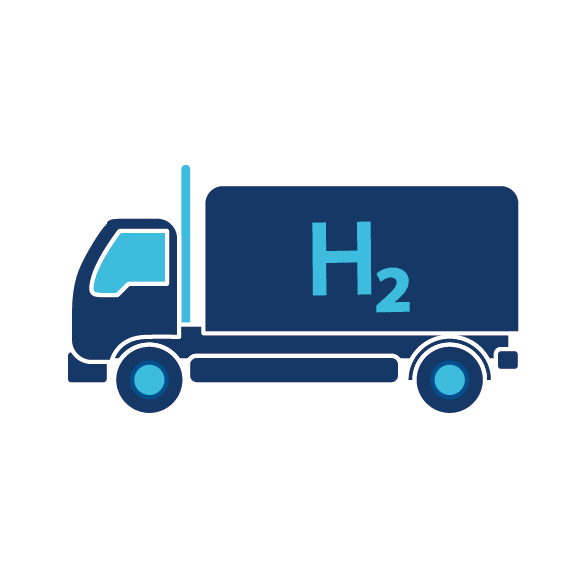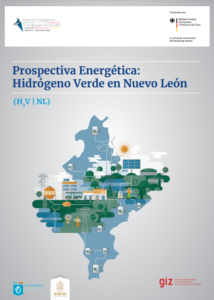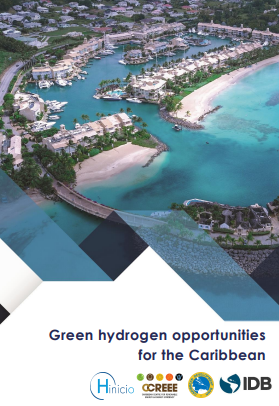The global energy sector has traditionally been dominated by men in terms of both participation and leadership. However, recent years have seen a shift toward greater gender inclusion, especially within renewable energy and hydrogen sectors, offering meaningful opportunities for women to contribute at all levels. This progress aligns with the 17 Sustainable Development Goals (SDGs) adopted in 2015 as part of the 2030 Agenda, particularly SDG 5, which emphasizes gender equality and women’s empowerment. Sustainability, in this context, provides a unique chance to reimagine the energy sector as a more inclusive and equitable space. At Hinicio, we decided to delve deeper into this transformation by engaging with key women representatives from the hydrogen environment through H2 women leaders in Latin America.
How are we doing in terms of gender diversity and inclusion in the region?
Globally, according to the 2019 “Renewable Energy: A Gender Perspective” report by IRENA, while women represent 49% of the global workforce, they occupy only 32% of full-time positions in the renewable energy sector, surpassing the 22% of the oil and gas industry. In the hydrogen sector, the global Women in Green Hydrogen (WiGH) network reported that, in 2021, women made up just 20% of the speakers and panelists at renewable hydrogen events worldwide.
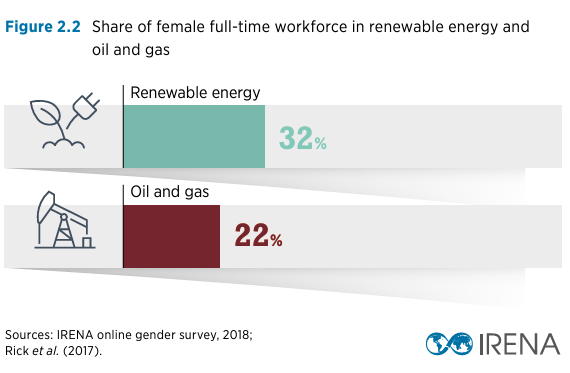
Renewable Energy: A Gender Perspective (2019) – Source: IRENA
In Latin America and the Caribbean, the 2023 “Global Gender Gap Report” by the World Economic Forum indicates that the region has made significant progress in gender equality, closing nearly three-quarters of the gender gap and achieving a balance of 74.3%. However, the report “¿Cómo es la participación de mujeres en energía renovable en América Latina?” published by the Inter-American Development Bank (IDB) in 2023 reveals that women still represent only 24% of the workforce in the renewable energy sector.
Furthermore, according to the 2022 study “Transición verde y sesgo de género: un análisis de las empresas generadoras de energía renovable en América Latina,” also conducted by the IDB, only 24% of board positions and 22% of management roles are held by women, highlighting that women occupy fewer than one in four board positions and just over one in five managerial roles.
Despite these disparities, it is important to note that women in the region view the renewable energy and hydrogen sectors as more accessible and equitable compared to conventional energy. Chile provides a clear example, where efforts to reduce the gender gap have made notable strides. Ruth Rain, an expert in Mining and Energy with a focus on renewable energy, green hydrogen, and mining waste, emphasizes:
“In our country, we have made significant progress in women’s participation in these sectors. There are public initiatives to promote female involvement, such as differentiated access to scholarships and funding, and there has been an increased presence of women on strategic boards of companies funded by organizations like CORFO and ANID. Furthermore, private initiatives are beginning to emerge, pushing for the visibility and leadership of women in both strategic and technical decision-making within the energy industry.”
Rain also highlights key initiatives that could further enhance these gains. At the state level, she stresses the importance of implementing differentiated measures such as specific subsidies for women-led enterprises, preferential rates, or extended deadlines. Both public and private sector organizations should also set clear gender goals and foster data collection to monitor progress.
“Including women in these sectors and leadership roles not only generates positive social impacts and supports a just transition in the country, but it also drives economic growth.”
The Role of Women in Advancing Gender Equity in the Renewable Energy and Hydrogen Sectors
A crucial pillar in promoting gender equity during the energy transition and sustainability is the creation of women’s networks. Currently, more than 15 networks and associations focused on renewable energy and hydrogen exist in Latin America and the Caribbean. Cecilia Giralt, founder and vice president of the Argentine Association of Women in Sustainable Energy (AMES), emphasizes their significance:
“Networks provide a platform to raise the visibility of women, share experiences, and foster networking, creating support spaces for professional growth. They also encourage more women to join the sector, engage companies in the process, and, in some cases, influence policy decisions. For example, at AMES, we are often consulted on how to develop gender initiatives or invited to offer training and courses on the subject.”
These networks are not only driving initiatives for systemic change toward gender equity and equal opportunities, but they are also raising awareness about the positive impact of female participation in the energy sector. Among these initiatives, mentorship programs implemented by many of these networks stand out. These programs help strengthen technical skills and soft skills, as well as foster personal empowerment, boosting women’s self-perception, confidence, and leadership development.
Giralt also points to the growing interest from younger generations:
“It’s interesting to see how more young female engineers are encouraged to venture into these emerging sectors. At the same time, more experienced women can share, from their experience, what it means to professionally develop in these industries. From our network, we strive to collaborate actively with students, providing them with technical tools to spark their interest and encourage them to become part of these sectors.”
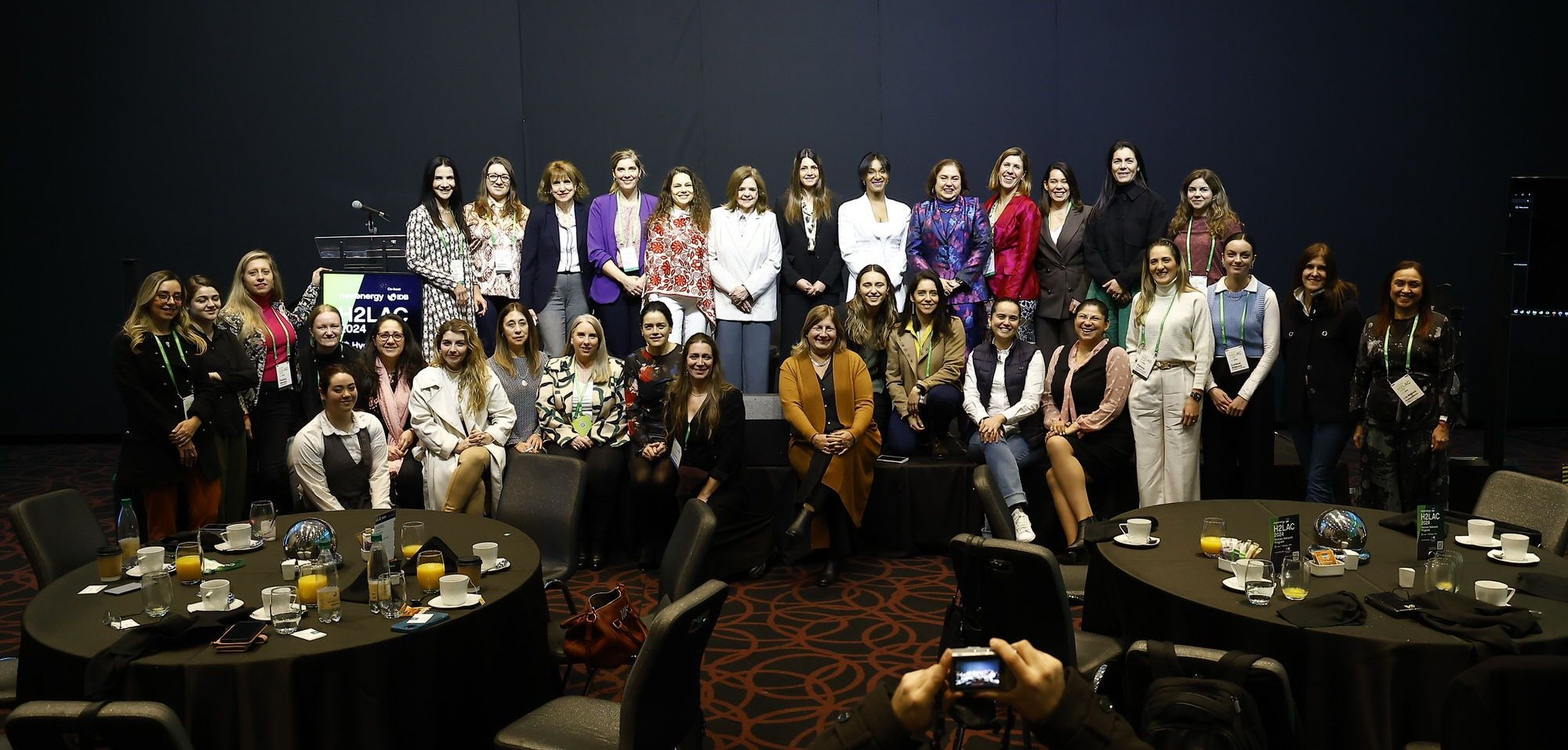
4th Hydrogen Congress for Latin America & the Caribbean (H2LAC 2024) – Source: Women in Green Hydrogen (WiGH)
Female Leadership in the Renewable Energy and Hydrogen Sectors
In recent years, there has been significant progress in the inclusion of women in leadership roles within hydrogen and renewable energy associations across Latin America and the Caribbean. This progress is not only reflected in the increasing presence of women in key positions but also in the active efforts of these organizations to promote gender equity. In countries such as Chile, Colombia, Peru, and Brazil, women are playing a crucial role in leading associations that foster collaboration between businesses and government actors to develop these sectors.
A key example is Roxana Serpa, vice president of the Peruvian Hydrogen Association (H2 Perú), who highlights the importance of these associations in promoting inclusion and diversity. According to Serpa, these organizations have a unique ability to coordinate efforts among all stakeholders in the energy ecosystem, creating a collaborative environment that maximizes the impact of initiatives from all involved parties. While businesses and governments are key players in policy implementation, associations play a vital role in cultivating a culture of inclusion that drives sector growth.
In H2 Perú, 43% of its professional members are women, and 50% of its operational team is female. The organization also promotes accessible training programs open to the public, aiming to develop skills and strengthen participation from all individuals in the hydrogen sector.
Serpa notes that the transition towards a more diverse and equitable hydrogen industry is already underway but must be accelerated:
“Despite the significant progress the hydrogen industry has made globally, we must continue pushing forward. I am optimistic, but I recognize that much remains to be done in key areas, including the development and effective implementation of public policies that promote equity, training programs for women in STEM (Science, Technology, Engineering, and Mathematics), fostering entrepreneurship in the value chain, and creating more support networks to strengthen women’s presence in the sector. We need real commitment and a comprehensive strategy to foster training, empowerment, and greater visibility for women at all sector levels.”
Progress Toward Gender Equity
While significant progress has been made toward gender equity in the renewable energy and hydrogen sectors in Latin America and the Caribbean, structural challenges remain that limit the full development and participation of women. In this context, it is essential to reflect on the implications of these advances and the barriers still in place, to identify strategies to create a more inclusive and equitable energy sector.
To achieve this, addressing structural barriers related to social norms and gender stereotypes is critical. This includes conducting broader research and collecting specific data on women’s participation in the workforce of these sectors, especially in Latin America and the Caribbean. Moreover, implementing concrete policies and instruments that ensure equitable conditions throughout the various stages of women’s careers, as well as strategies to support female entrepreneurship, is essential.
The private sector must also play a fundamental role by incorporating inclusion policies into corporate goals. This involves optimizing recruitment processes, promoting initiatives that increase professional development opportunities, and ensuring women’s access to decision-making roles.
Though the road to gender equity in the energy sector remains challenging, the progress seen in the region demonstrates that collaboration between governments, businesses, associations, and networks can generate a transformative impact, creating a more diverse, just, and sustainable energy sector.
By: Nicole Gutierrez – HINICIO


